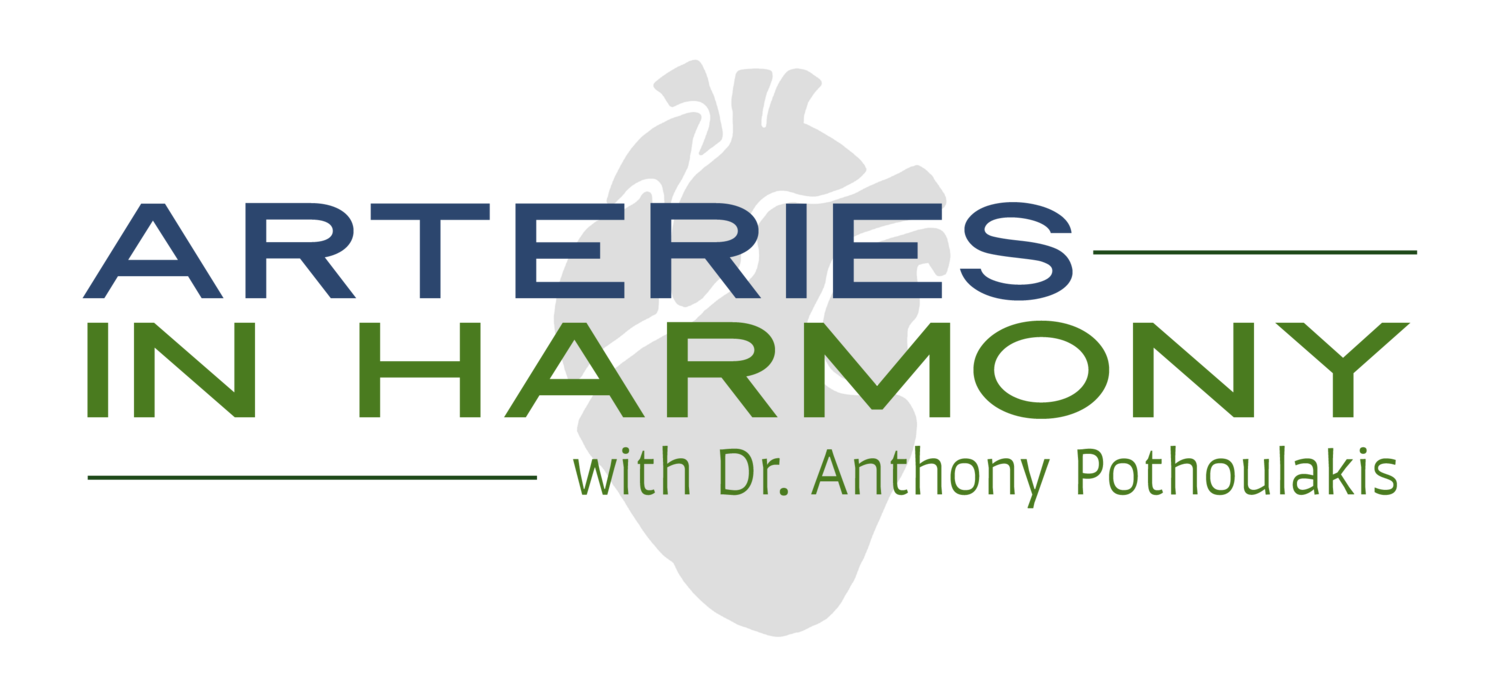Are you self-monitoring your blood pressure?
You are as old as your arteries, even if you think you are only as old as you feel or look. And blood pressure is one of the key factors that determine your artery health. For this reason, knowing your true blood pressure is important to both you and your doctor. Many people suffer from “white coat syndrome” where they are nervous at the doctor’s office. This may result in a blood pressure measurement that is higher than your true blood pressure, whereas your home numbers are likely to be more accurate. Monitoring your blood pressure at home and on a regular basis is the best way to know your true blood pressure. This way, you will give your physician a fuller picture of your blood pressure fluctuations over an extended period of time. Also you will be an important participant to your own health care, a true partner to your doctor.
A blood pressure reading has a top number (systolic) and bottom number (diastolic). To fall into the normal range, your blood pressure should be less than 120 over 80. Prehypertension, which is borderline high blood pressure is 120-139 over 80-89. (Stage one) Mildly elevated high blood pressure is 140-159 over 90-99; and (stage two or) severely elevated high blood pressure is a reading of 160 and above over 100 and above.
Both diabetes and chronic kidney disease make your arteries more sensitive to the bad effects of high blood pressure. Many doctors believe that for these patients the blood pressure should be kept at less than 130 over 80. On the other side, for people over the age of 60, some medical professionals suggest that a top number up to 150 is acceptable. Be aware that as we age the elasticity of our aorta (the largest artery highway that starts at the heart and divides to branches that distribute the blood all over the body) declines. This declining elasticity of the aorta is frequently responsible for a low bottom number (diastolic blood pressure) observed in older individuals.
Blood pressure fluctuates all the time. It is generally higher early in the morning (its highest value is actually one to two hours before we even wake up) and between six and nine in the evening. If the blood pressure between your two arms differs by more than 10 points (mm Hg), record the higher number of the two. There are also specific factors that may cause your blood pressure to temporarily rise. For example, blood pressure rises as a result of:
- Stress
- Exercise or even ordinary physical activity at home or at work
- Caffeine
- Certain medicines
- Smoking
- Cold temperatures
Avoiding as many of these factors as you can when taking your blood pressure will help improve the accuracy of your overall numbers. Depending on the situation, your doctor may want you to check your blood pressure several times during the day to determine how wide the fluctuations are.
Before Checking Your Blood Pressure find a relatively quiet place. Make sure that you are relaxed and comfortably seated. Be sure to have recently emptied your bladder since a full bladder may affect the reading. Remove any tight-sleeved clothing or roll up the sleeve on your arm (if you are using a blood pressure cuff that fits your elbow). How and where you sit is important in an accurate reading. Before taking your blood pressure, rest in a chair next to a table for 5 minutes. Your arm should comfortably rest at heart level. Sit up straight with your back against the chair, legs uncrossed. Rest your forearm on the table with your palm facing up. If your are using a blood pressure cuff that fits your wrist, keep your wrist at the level of your heart.
